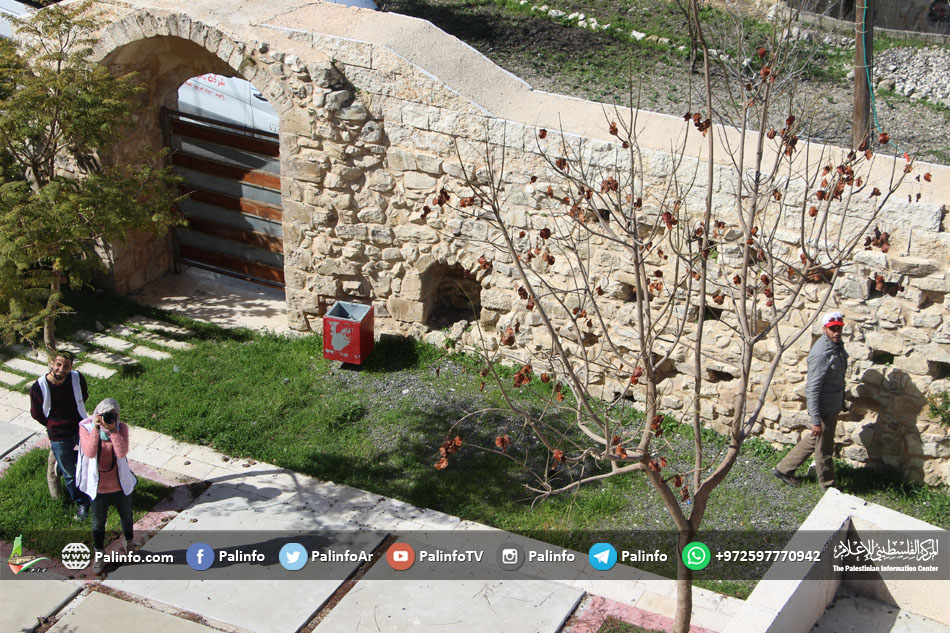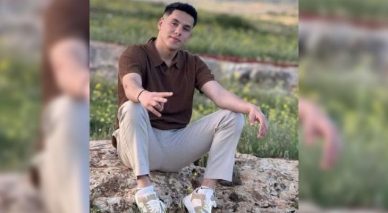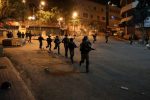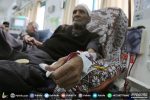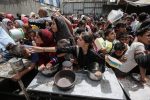Nisf Jbeil is a Palestinian village located northwest of Nablus city in the northern West Bank. It is considered as the smallest Palestinian village as it has a population of only 500. The name of the village is unfamiliar to many people till the moment.
There are so many stories on the name of the village. The first dates back to the Greek language where the word Jbeil means the sun and Nisf Jbeil accordingly means the half of the sun because Nisf in Arabic means the half. Another reason for giving it that name was that the word Jbeil which means in Arabic a small mountain; the village was established over a number of natural water springs located within mountains. Another reason was that the sunrise used to occur at a late hour while the sunset at an early time making the shiny period last only for half the time of the normal.
Stunning nature
Nisf Jbeil village is well-known similar to almost all Nablus villages for olive crops. It is a high mountain village with stunning landscapes. The one who visits it can easily notice its tranquility beauty and fresh air.
Besides its magnificent atmosphere the village has an ancient traditional nature. It has so many monuments dating back to different phases. It contains numerous historical hamlets that suffered big damage due to negligence and theft of many of its remnants. These hamlets include: Zoura Mijrabein al-Sreij and Shraim. Besides so many ancient churches dating back to the Crusade era still exist in the village.
History and civilization
The village also contains al-Khader shrine which is an ancient structure with no tomb inside. It dates back to the time of al-Khader who was mentioned in the Quran. The story says that Khader passed by the area used al-Khadra water spring rested and performed prayers at the site where the shrine was built in his honor. The shrine was used as the village’s mosque before al-Omari mosque was established.
In addition the village has a historic palace of Al Abdul Hadi which goes back to the time of local governors and feudal lords in the Ottoman State.
The village embraces the so-called Nisf Jbeil ceramic project which was launched in 2015. It is the first of its kind in the northern West Bank governorates and belongs to Jericho mosaic center. It is funded by the Italian agency along with the holy sites protection center.
In a one-room work place containing shelves that carry sample products of plates and cups of different forms sizes and epigraphy as well as heritage books written in different languages; three of the village girls who passed specialist training courses in ceramic and drawing work in ceramic production.




